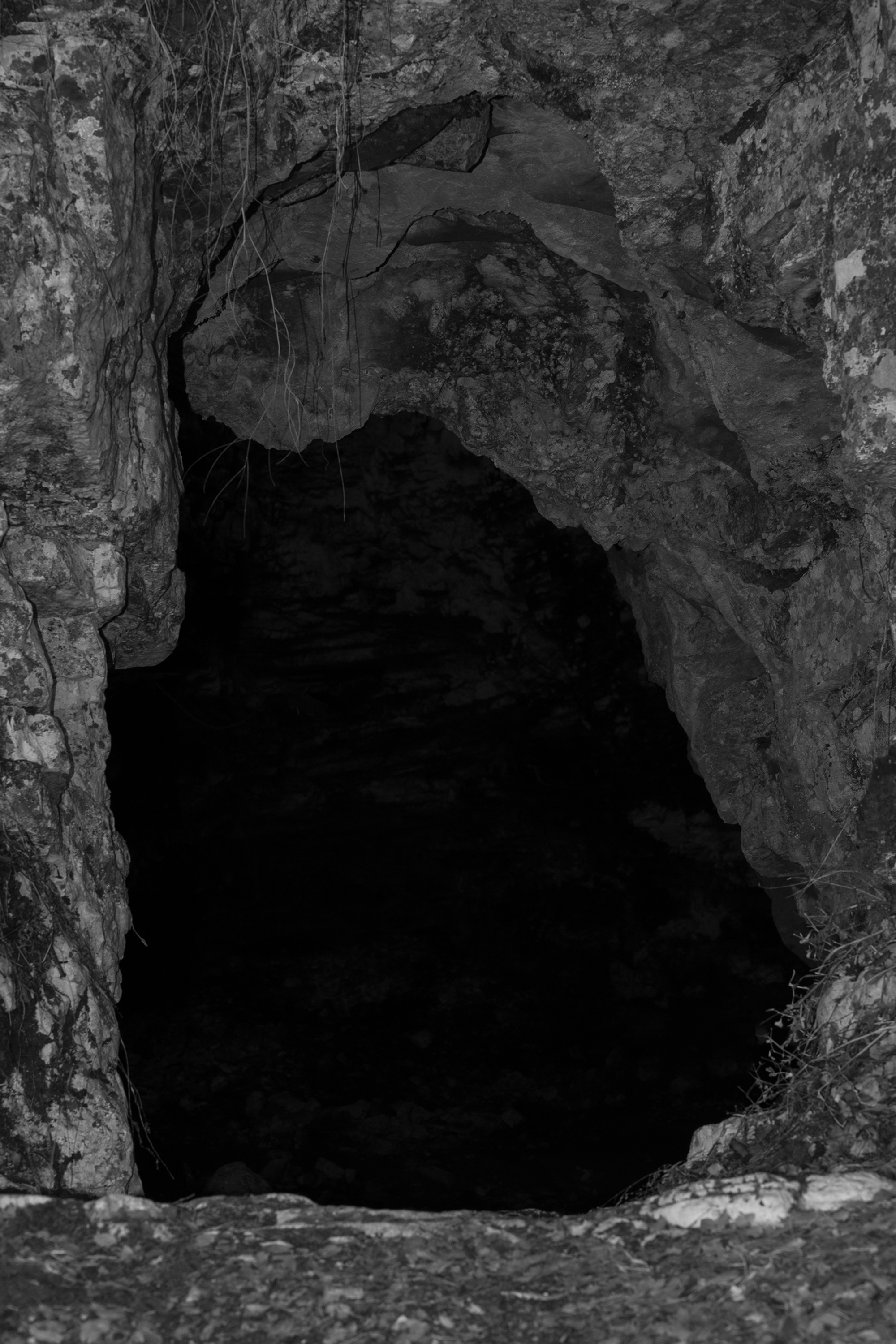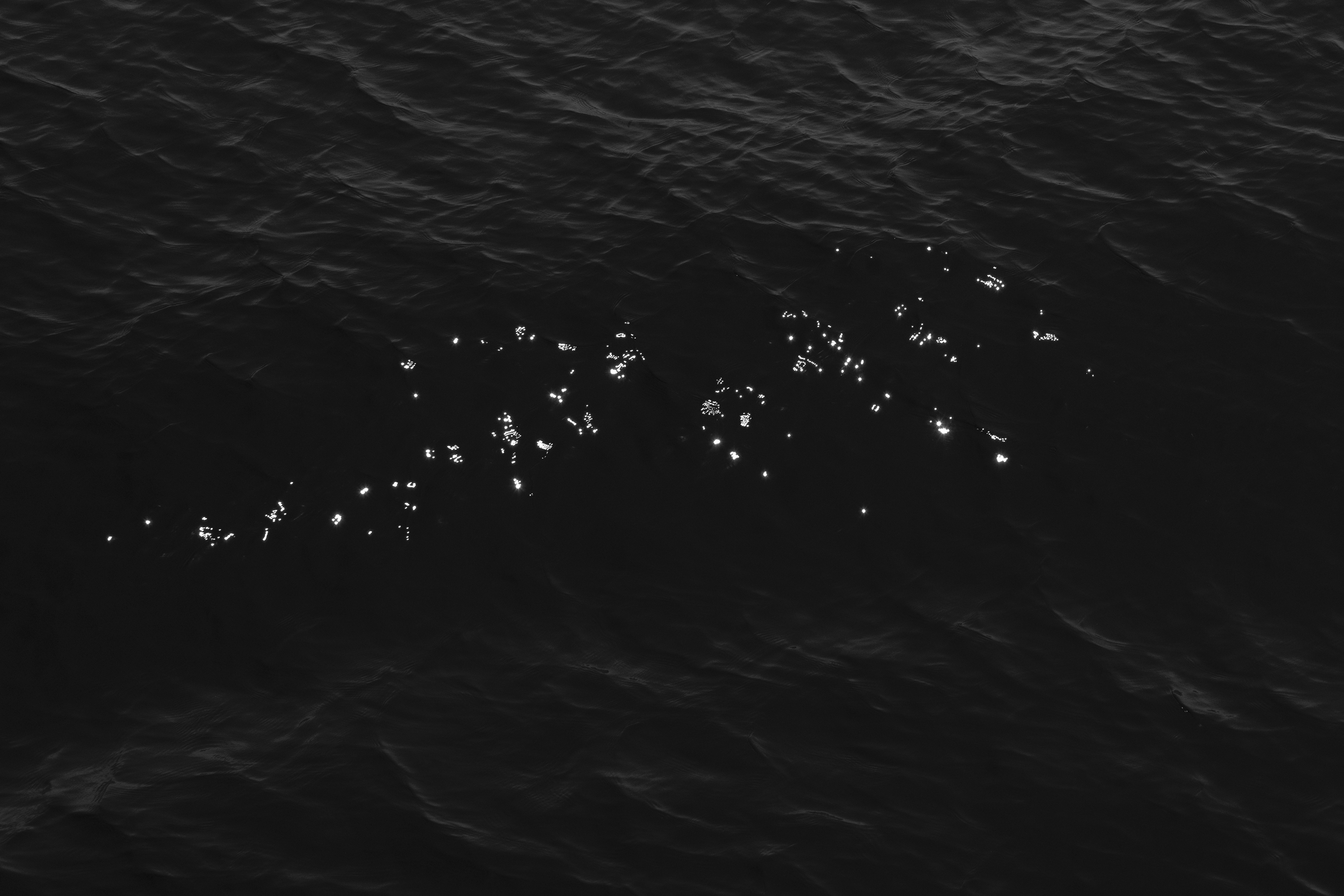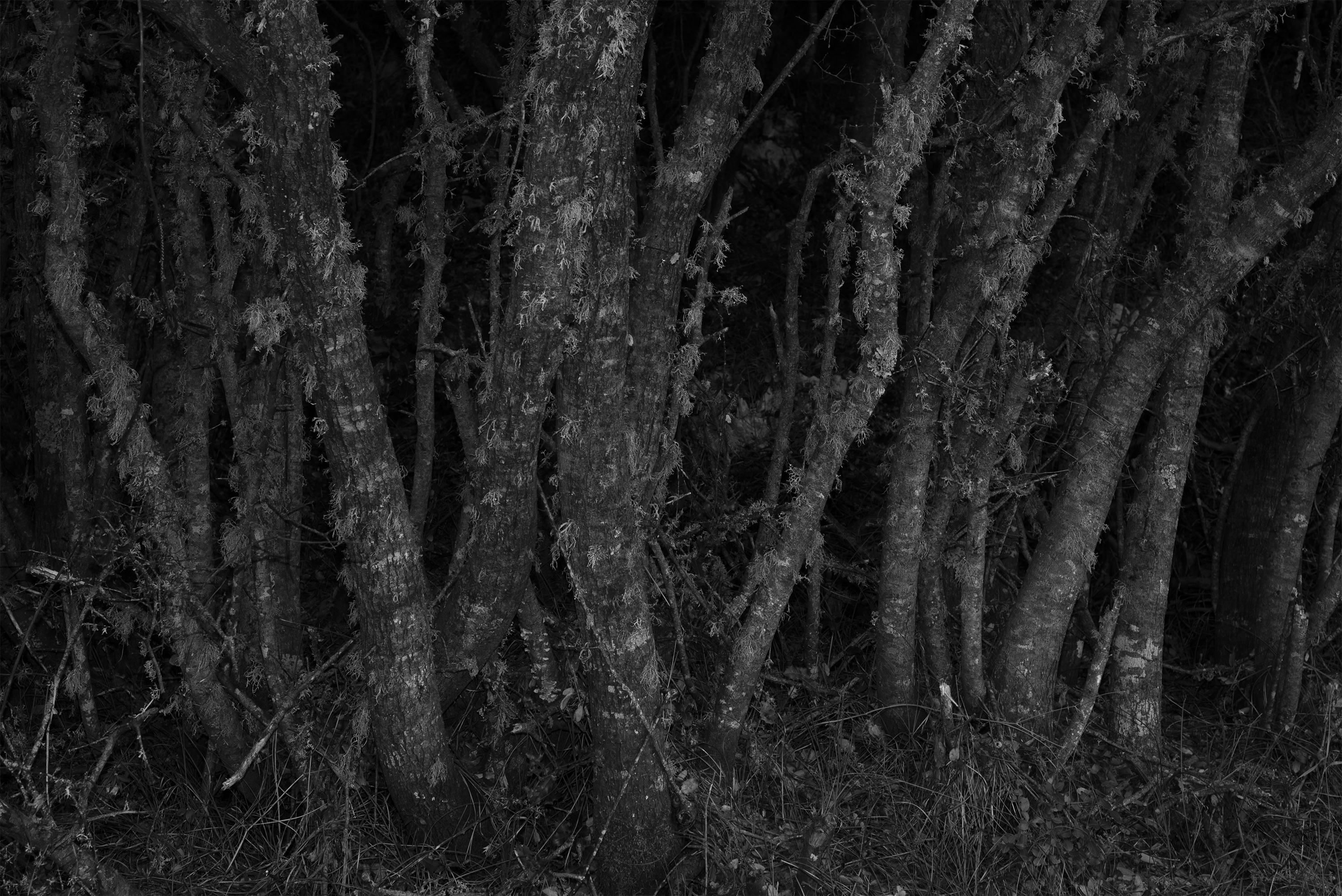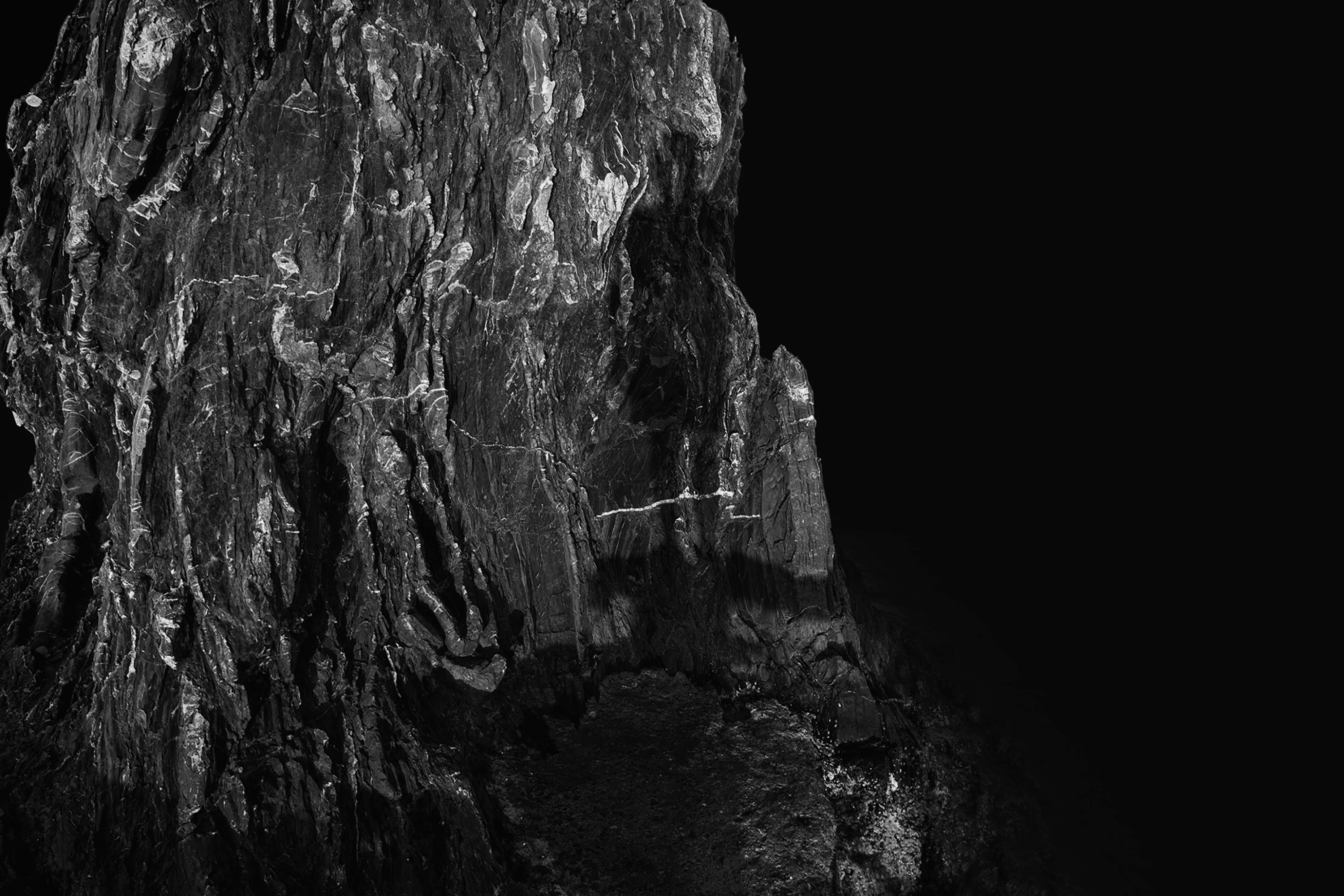

















One of the most well-known journeys to Hades is found in Book 11 of Homer's Odyssey.
Α "descent" that is referred to as Nekyia and describes how Odysseus travels to the land of the Cimmerians, on the outskirts of the world, a place in eternal darkness.
The purpose of the trip is to consult the dead prophet Teiresia about the route back to Ithaca.
Unlike other similar journeys of ancient heroes to Hades, such as Hercules, Odysseus and his men never literally descend to the underworld. They remain on the surface and are visited by the dead.
Nekyia essentially describes an ascent where the souls of the underworld ascend to the land of the living.
Odysseus goes to Hades, out of nostalgia for Nostos, while the dead rise to the surface, full of nostalgia for life.
These opposite paths are associated with nostalgia and the leap beyond human logic and nature.
A project developed during an artist's recidency in Ithaka Greece during the pandemic. The COVID-19 pandemic brought about a profound and unsettling sense of lost time. The passage of time during the pandemic was marked by uncertainty and fear, with days blending into one another. This period of lost time was not just about the delay of plans but also about the loss of experiences and opportunities that could never be recaptured. The pandemic forced us to slow down and reflect on our lives, values, and priorities. It highlighted the importance of health, love, and connection in a way that perhaps had been overlooked in the rush of pre-pandemic life. While the time lost to the pandemic can never be regained, it has left a lasting impact, reshaping how we perceive time, loss, and the fragility of our everyday lives.
-- developed during “PERIPLUS” residency - Ithaka 2020
Α "descent" that is referred to as Nekyia and describes how Odysseus travels to the land of the Cimmerians, on the outskirts of the world, a place in eternal darkness.
The purpose of the trip is to consult the dead prophet Teiresia about the route back to Ithaca.
Unlike other similar journeys of ancient heroes to Hades, such as Hercules, Odysseus and his men never literally descend to the underworld. They remain on the surface and are visited by the dead.
Nekyia essentially describes an ascent where the souls of the underworld ascend to the land of the living.
Odysseus goes to Hades, out of nostalgia for Nostos, while the dead rise to the surface, full of nostalgia for life.
These opposite paths are associated with nostalgia and the leap beyond human logic and nature.
A project developed during an artist's recidency in Ithaka Greece during the pandemic. The COVID-19 pandemic brought about a profound and unsettling sense of lost time. The passage of time during the pandemic was marked by uncertainty and fear, with days blending into one another. This period of lost time was not just about the delay of plans but also about the loss of experiences and opportunities that could never be recaptured. The pandemic forced us to slow down and reflect on our lives, values, and priorities. It highlighted the importance of health, love, and connection in a way that perhaps had been overlooked in the rush of pre-pandemic life. While the time lost to the pandemic can never be regained, it has left a lasting impact, reshaping how we perceive time, loss, and the fragility of our everyday lives.
-- developed during “PERIPLUS” residency - Ithaka 2020